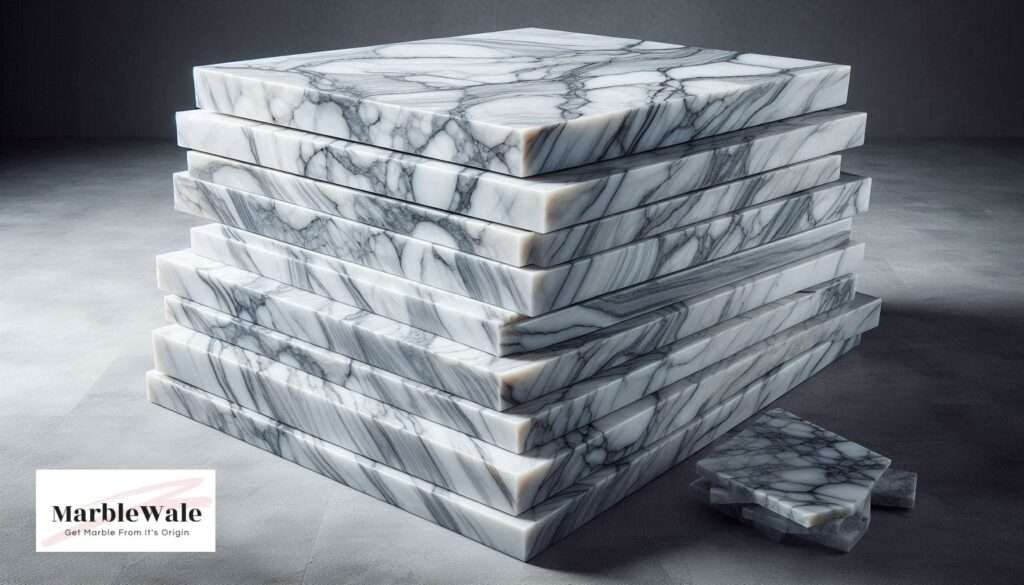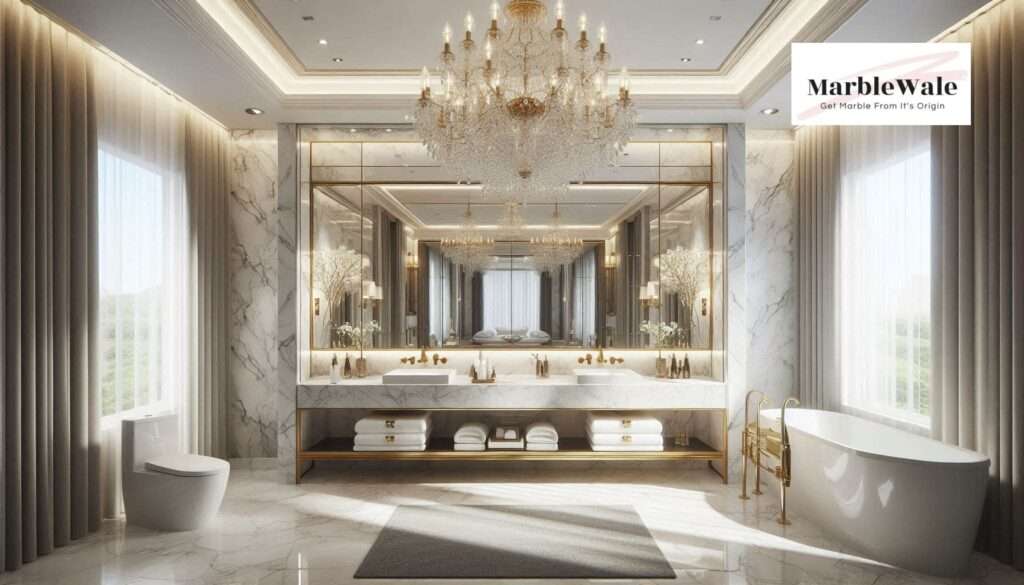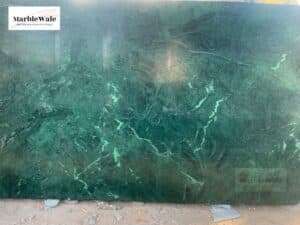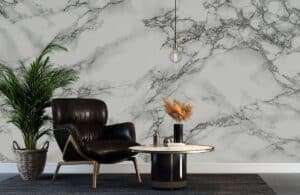Introduction
Makrana White Marble is renowned for its timeless beauty and unmatched quality. This exquisite marble has been the cornerstone of Indian architecture for centuries, adorning some of the most iconic structures. From the majestic Taj Mahal to modern architectural marvels, Makrana White Marble continues to be a symbol of luxury and elegance.

What is Makrana White Marble?
Makrana White Marble, found in the town of Makrana in Rajasthan, India, boasts a high quality that architects and sculptors highly seek. Its pure white color, fine grain, and remarkable durability make it stand out. Composed mainly of calcite, this marble’s pristine white appearance captivates those who use it for various architectural and sculptural purposes.
Historical Significance
The history of Makrana White Marble dates back to ancient times. Indian architects have extensively used Makrana White Marble, most famously in the Taj Mahal, a UNESCO World Heritage Site. This marble has stood the test of time, proving its durability and enduring beauty.
Geographical Origin
Makrana is located in the Nagaur district of Rajasthan, India. The geological conditions of this region contribute significantly to the quality of the marble. The area is rich in metamorphic rocks, and the unique conditions of high pressure and temperature have resulted in the formation of this premium marble.
Types
There are several varieties of Makrana White Marble, each with unique features:
- Makrana Pure White Marble: Known for its flawless white color.
- Dungri Marble: Slightly grayish white with light to dark gray veins.
- Albeta Marble: Characterized by its white color with dark grey or black lines.
- Makrana Pink Marble: Has a pinkish hue and subtle veins.
Compared to other marbles like Carrara from Italy, Makrana White Marble stands out for its pure white color and higher density, making it more durable and long-lasting.
Extraction Process
The extraction of Makrana White Marble involves both traditional and modern techniques. Traditionally, manual labor and simple tools were used to extract the marble blocks. Today, advanced machinery and techniques ensure efficient extraction with minimal wastage. However, environmental considerations such as land degradation and dust control are important aspects of modern mining practices.
Processing and Finishing
Processing raw marble involves several steps, including cutting, shaping, and polishing. The marble is cut into slabs or tiles and then polished to enhance its natural shine. Advanced polishing techniques ensure a smooth finish, highlighting the marble’s natural beauty.
Applications in Modern Architecture
Makrana White Marble is widely used in modern architecture. Its applications include:
- Residential Buildings: Flooring, countertops, and decorative elements.
- Commercial Buildings: Cladding, flooring, and wall panels.
- Public Spaces: Monuments, statues, and landmarks.
The marble’s versatility and aesthetic appeal make it a favorite choice for architects and designers.
Benefits
Using Makrana White Marble offers several benefits:
- Durability and Longevity: Resistant to weathering and maintains its appearance over time.
- Aesthetic Appeal: Its pure white color and fine grain enhance the beauty of any space.
- Versatility: Suitable for various applications, from flooring to intricate sculptures.
Comparison with Other Marbles
People often compare Makrana White Marble with other high-quality marbles, such as Carrara from Italy. While both are renowned for their beauty, many prefer Makrana for its superior density and durability. It also offers more cost-effective, providing excellent value for money.
Maintenance and Care
Maintaining Makrana White Marble is relatively straightforward:
- Regular Cleaning: Use mild soap and water to clean the surface.
- Sealing: Periodically seal the marble to protect it from stains.
- Avoiding Harsh Chemicals: Use only marble-safe cleaners to prevent damage.
Common issues like scratches and stains can be addressed with proper care and maintenance.
Economic Impact
The marble industry is a significant contributor to the local economy of Makrana. It provides employment to thousands of people and plays a crucial role in India’s marble export industry. The demand for Makrana White Marble in international markets continues to grow, boosting the local economy.
Challenges in the Marble Industry
Despite its popularity, the marble industry faces several challenges:
- Market Competition: Competing with other high-quality marbles from around the world.
- Sustainability: Addressing environmental concerns related to marble extraction and processing.
Efforts are being made to adopt sustainable practices and reduce the environmental impact of marble mining.

Future Prospects
The future of Makrana White Marble looks promising. Innovations in extraction and processing techniques are improving efficiency and quality. With growing demand in both domestic and international markets, the marble industry is poised for significant growth.
Conclusion
Makrana White Marble is more than just a building material; it symbolizes timeless beauty and enduring quality. Its historical significance, coupled with unmatched characteristics, makes it a cherished choice in architecture. As the industry evolves, Makrana White Marble will continue to be a beacon of excellence in the world of natural stone. Discover more at Marblewale: https://www.marblewale.in/.
FAQs
What makes Makrana White Marble unique?
Makrana White Marble is unique due to its pure white color, fine grain, and high durability. Its historical significance and use in iconic structures like the Taj Mahal also add to its uniqueness.
How do I identify genuine Makrana White Marble?
Genuine Makrana White Marble is characterized by its pure white color and fine grain. It is heavier and denser compared to other marbles. Consulting with a trusted supplier or expert can also help in identifying authentic marble.
Can Makrana White Marble be used outdoors?
Yes, Makrana White Marble can be used outdoors. It is durable and weather-resistant, making it suitable for exterior applications such as facades and garden sculptures.
What is the cost of Makrana White Marble?
The cost of Makrana White Marble varies based on the quality, size, and finish. It is generally more affordable compared to other high-quality marbles, providing excellent value for money.
How is Makrana White Marble maintained?
Maintain Makrana White Marble by regularly cleaning it with mild soap and water, periodically sealing it to protect from stains, and avoiding harsh chemicals. Proper care ensures its longevity and preserves its aesthetic appeal.



